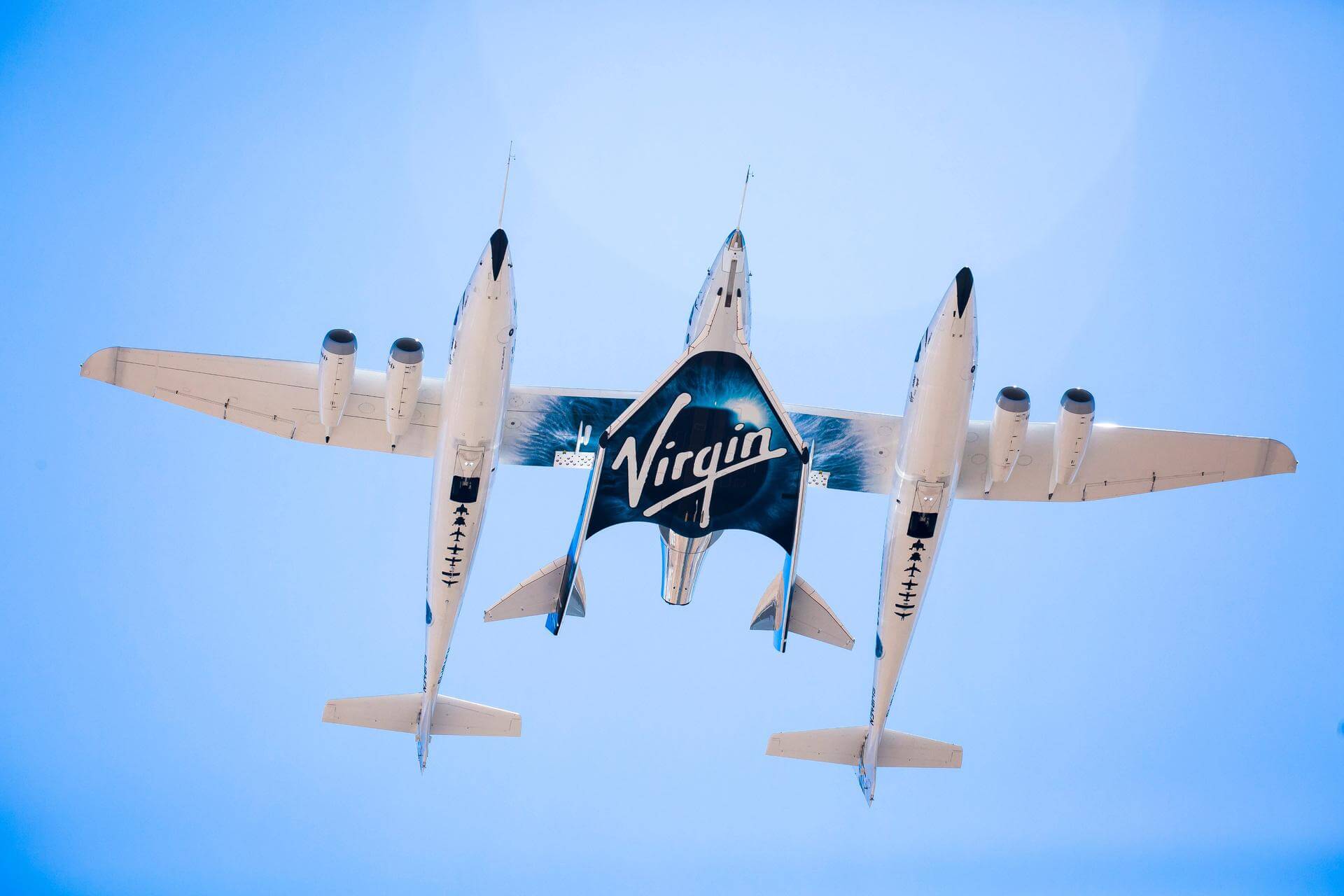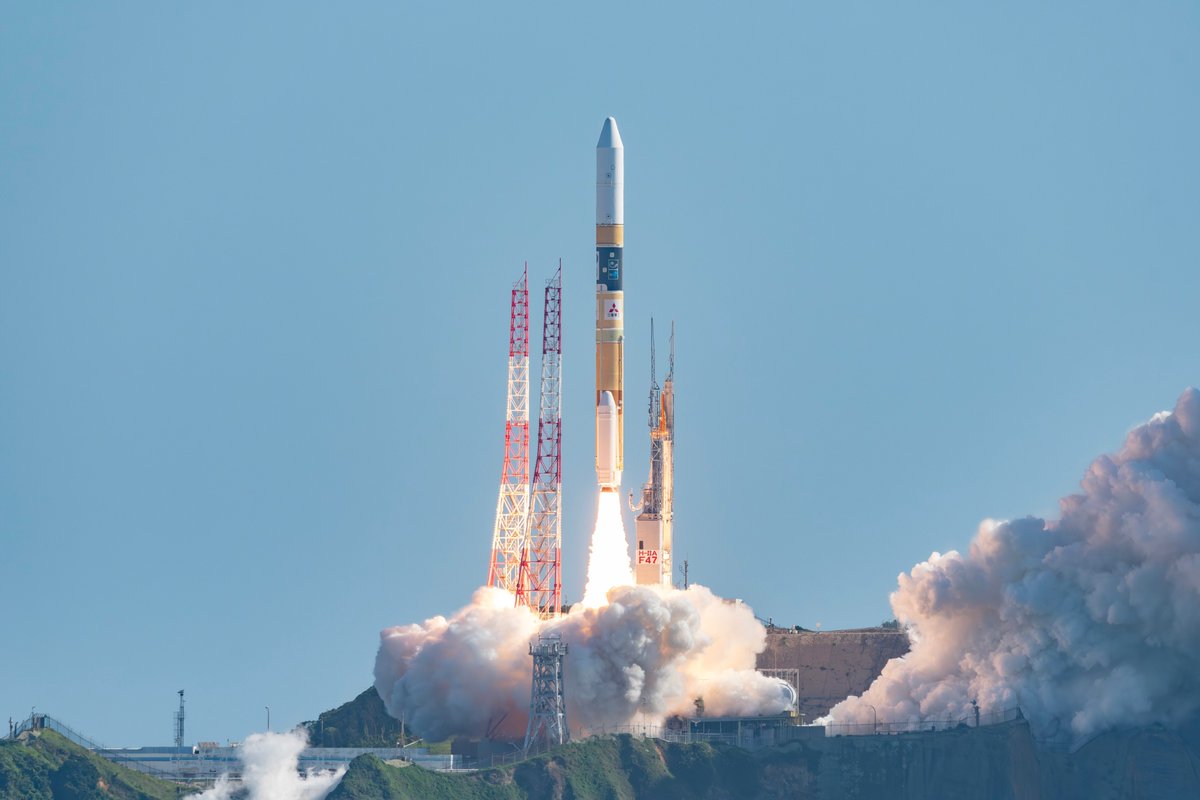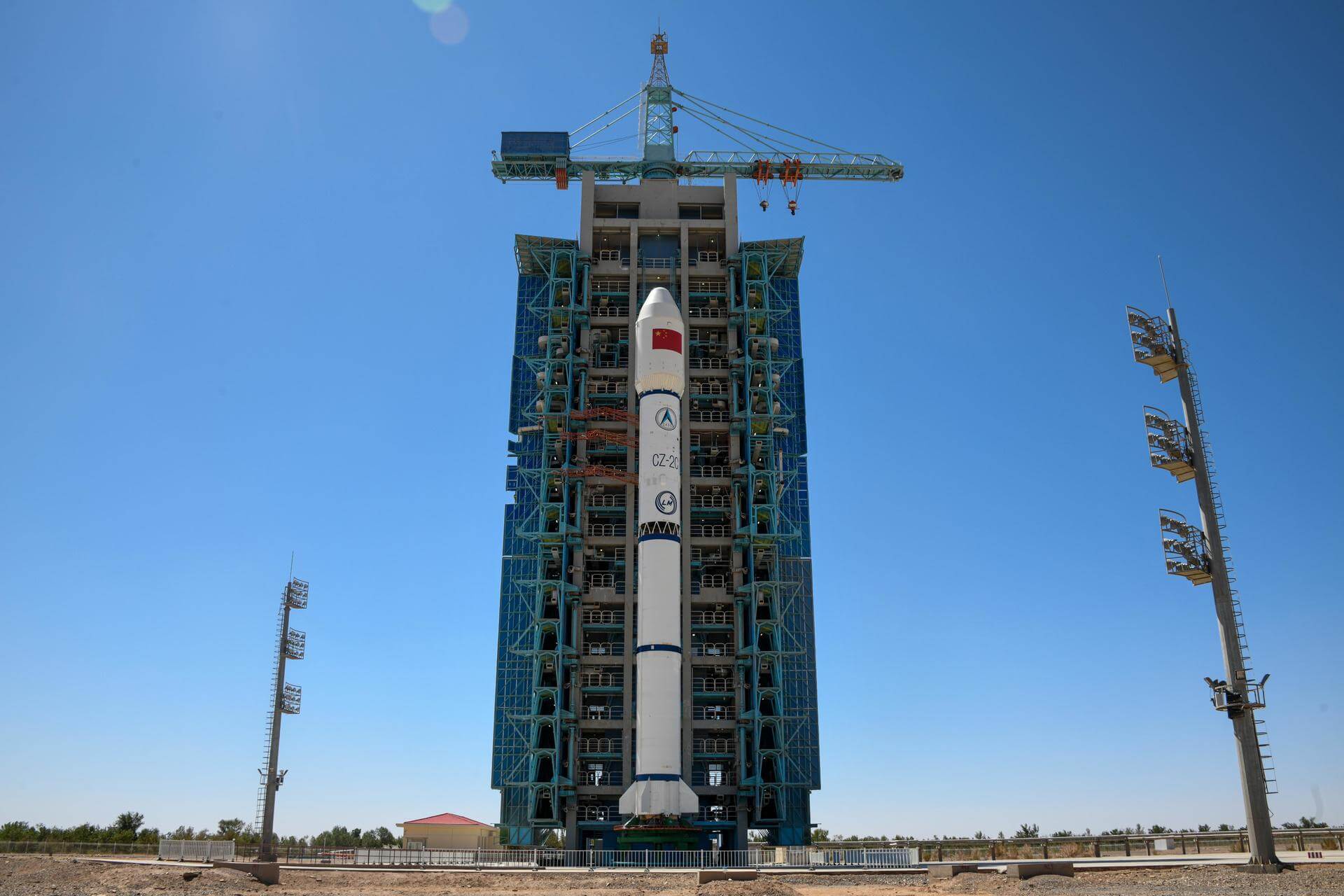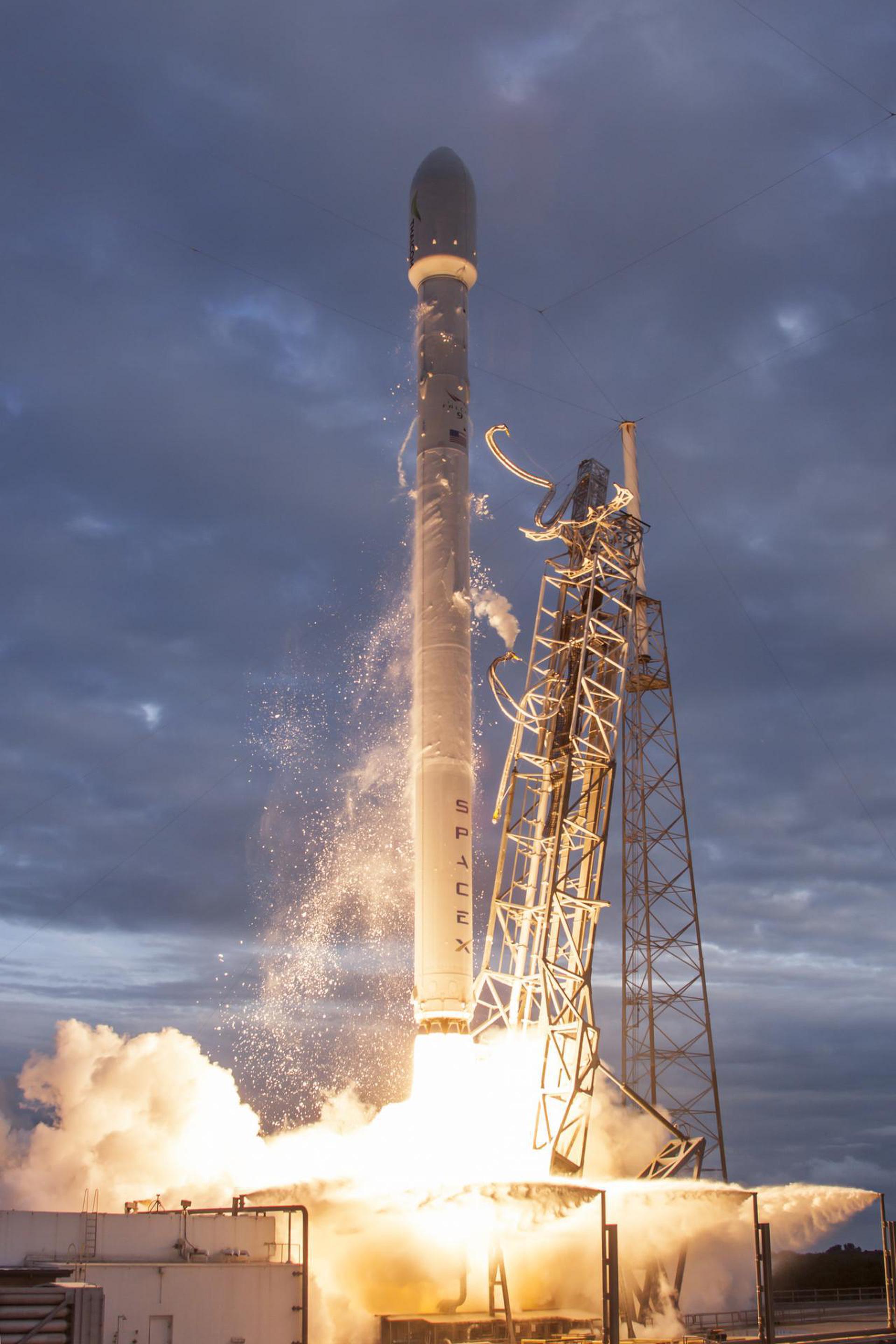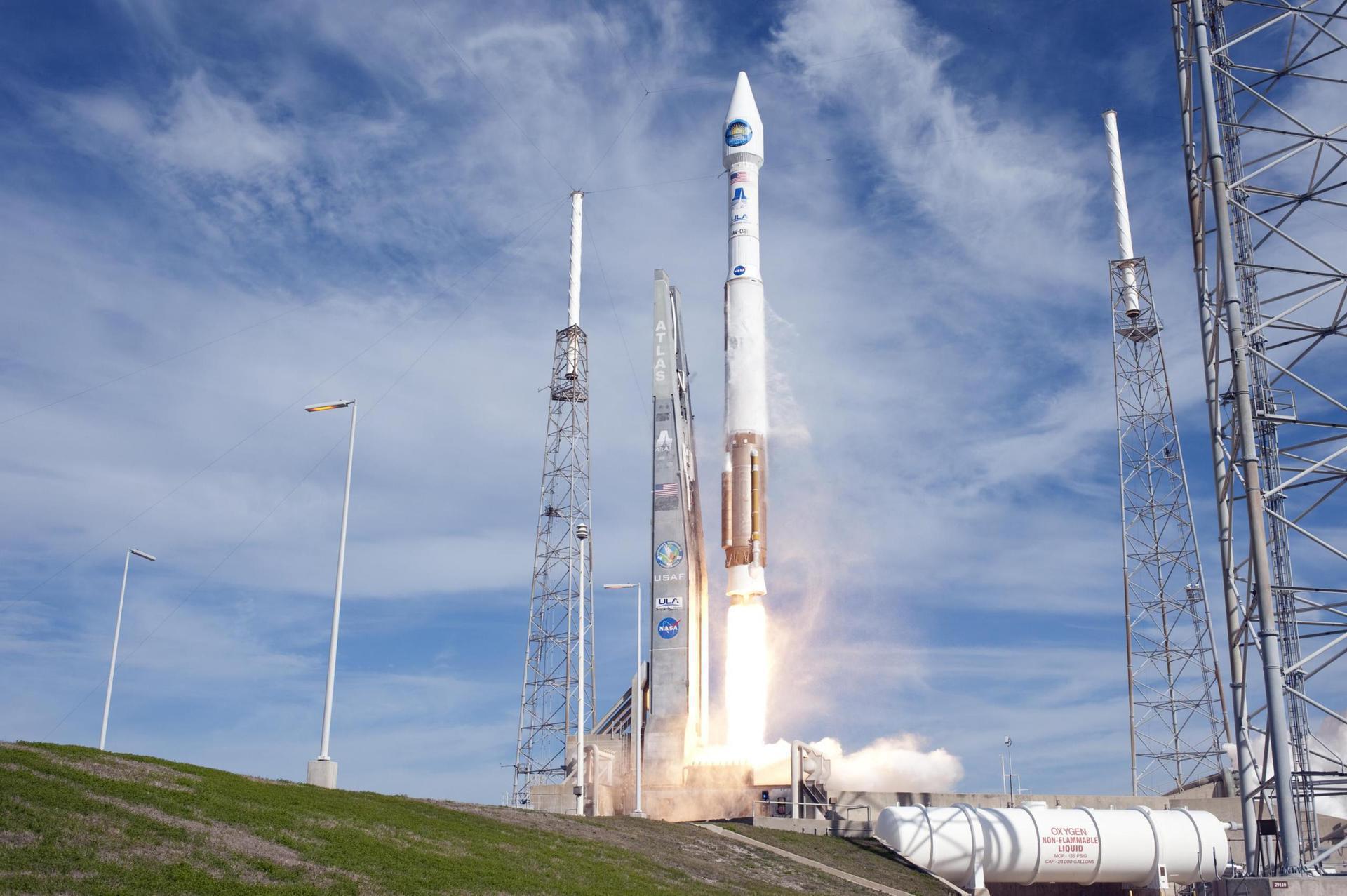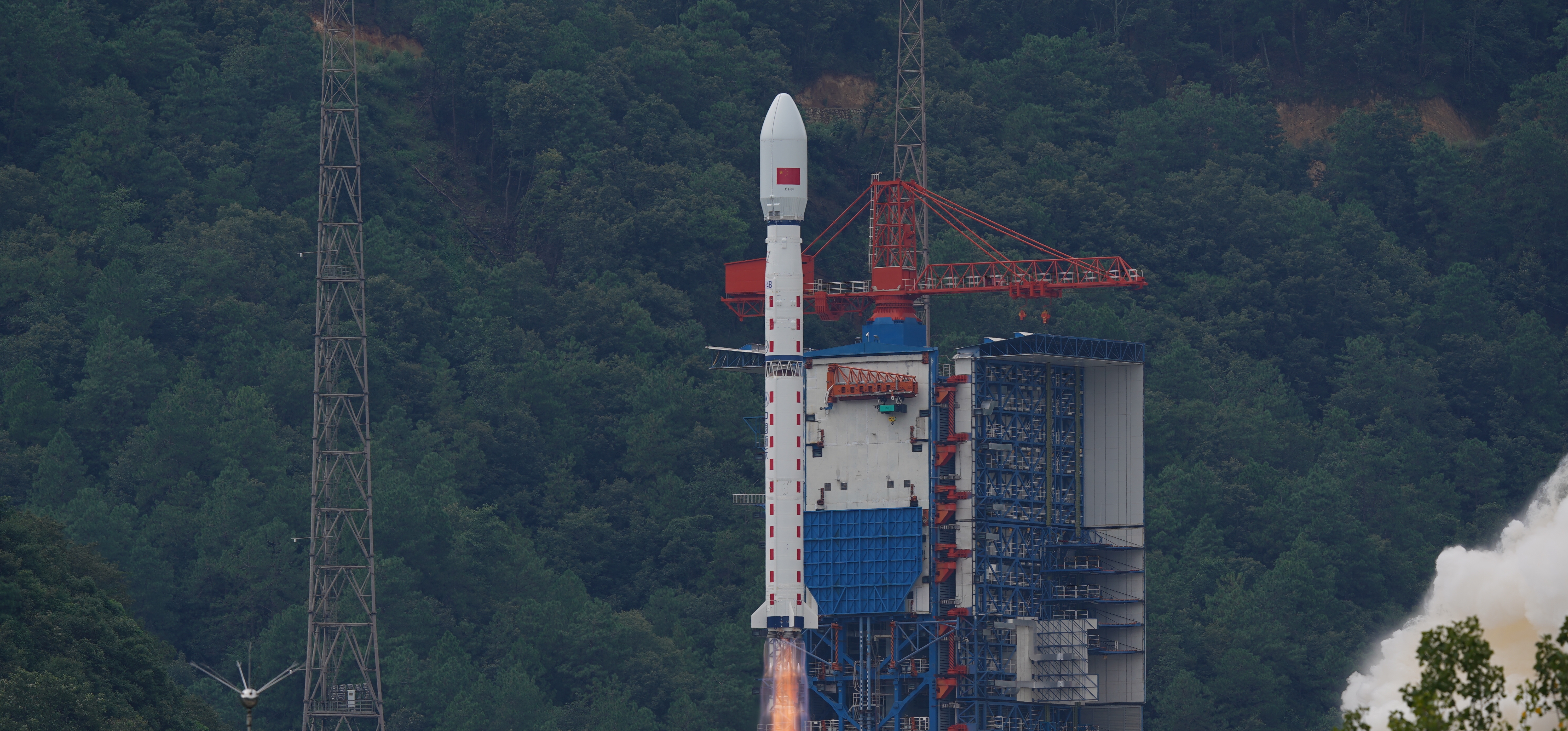Previous Spaceflight Launches
Filter by Agency, Locations or Vehicles
Show All LaunchesSpaceShipTwo | VSS Enterprise GF30
Virgin Galactic | United States of AmericaAir launch to Suborbital flight
Oct. 7, 2014, noon
H-IIA 202 | Himawari-8
Mitsubishi Heavy Industries | JapanTanegashima Space Center, Japan
Oct. 7, 2014, 5:16 a.m.
Long March 2C | Shijian 11-07
China Aerospace Science and Technology Corporation | ChinaJiuquan Satellite Launch Center, People's Republic of China
Sept. 28, 2014, 5:13 a.m.
Proton-M Briz-M | Olymp-K (Luch)
Khrunichev State Research and Production Space Center | RussiaBaikonur Cosmodrome, Republic of Kazakhstan
Sept. 27, 2014, 8:23 p.m.
Soyuz FG | Soyuz TMA-14M
Progress Rocket Space Center | RussiaBaikonur Cosmodrome, Republic of Kazakhstan
Sept. 25, 2014, 8:25 p.m.
Status: Launch Successful
Mission:
Soyuz TMA-14M begins expedition 41 by carrying 3 astronauts and cosmonauts to the International Space Station. Russian Commander, cosmonaut Aleksandr Samokutyayev alongside Flight Engineers, Yelena Serova (RSA) & Barry E. Wilmore (NASA) will launch aboard the Soyuz spacecraft from the Baikonur Cosmodrome in Kazakhstan and then rendezvous with the station. It landed on 12 March 2015 02:07 UTC
Low Earth OrbitFalcon 9 v1.1 | SpX CRS-4
SpaceX | United States of AmericaCape Canaveral SFS, FL, USA
Sept. 21, 2014, 5:52 a.m.
Status: Launch Successful
Mission:
This was the fourth Dragon mission to the International SpaÑe Station. It delivered supplies and scientific experiments, including live mice and the first 3D printer in space. The flight was conducted under the Commercial Resupply Services contract with NASA
Low Earth Orbit B1010 - Maiden Flight Atlantic OceanAtlas V 401 | CLIO (USA-257)
United Launch Alliance | United States of AmericaCape Canaveral SFS, FL, USA
Sept. 17, 2014, 12:10 a.m.
Ariane 5 ECA | MEASAT-3b & Optus 10
ArianeGroup | FranceGuiana Space Centre, French Guiana
Sept. 11, 2014, 10:05 p.m.
Long March 4B | Yaogan 21 & Tiantuo 2
China Aerospace Science and Technology Corporation | ChinaTaiyuan Satellite Launch Center, People's Republic of China
Sept. 8, 2014, 3:22 a.m.
Falcon 9 v1.1 | AsiaSat 6
SpaceX | United States of AmericaCape Canaveral SFS, FL, USA
Sept. 7, 2014, 5 a.m.
